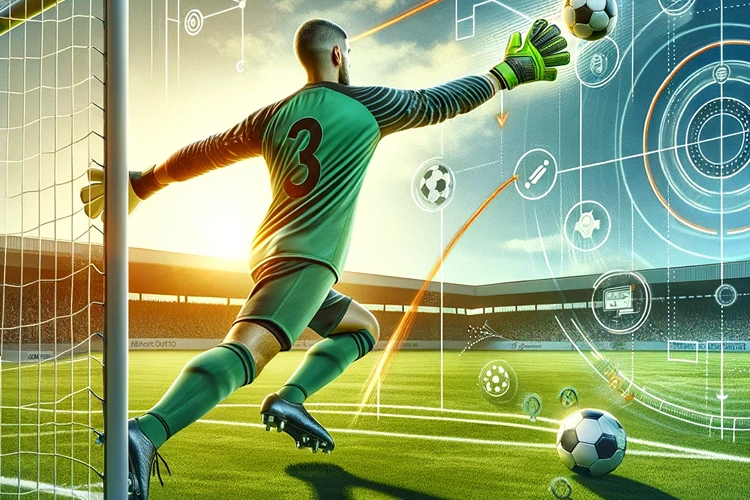Being a goalkeeper is one of the most challenging and rewarding positions in soccer. You are the last line of defense, and your actions can make or break the game. Understanding the basic rules for soccer goalkeepers is crucial, whether you’re just starting out or looking to refine your skills. In this guide, we’ll cover everything you need to know to become a confident and effective goalkeeper.
What Are the Basic Rules for Soccer Goalkeepers?
Goalkeepers have specific rules that differentiate them from field players. These rules are designed to balance the game and ensure fair play. Here are the essential rules every goalkeeper should know:
Handling the Ball
As a goalkeeper, you can use your hands, but only within the penalty area. This area is marked by a rectangle extending 18 yards from the goal line and 18 yards from each goal post. Once you step outside this box, you must use your feet just like any other player.
Helpful Hint:
Practice controlling the ball with your feet to improve your confidence when playing outside the penalty area. It will make you a more versatile and reliable goalkeeper.
Back-Pass Rule
According to the back-pass rule, you cannot pick up the ball with your hands if a teammate deliberately kicks it back to you. Instead, you must use your feet to play the ball. However, you can pick up the ball if it comes from a teammate’s header or a throw-in.
Positioning and Movement
Proper positioning and movement are vital for a goalkeeper’s success. Knowing where to be and when to move can significantly impact your ability to make saves.
Staying on Your Line
One of the basic positioning rules for goalkeepers is to stay on your line, especially when the opposing team is taking a penalty kick. Moving off your line before the ball is kicked can result in a retake of the penalty.
Anticipating the Play
Good goalkeepers are always aware of the play and can anticipate where the ball is going. This means staying alert and reading the game to position yourself effectively.
Helpful Hint:
Watch professional goalkeepers and take note of their positioning and movement. Practice these techniques during training to develop your instincts.
Communication and Leadership
As a goalkeeper, you have a unique vantage point on the field. Use this to your advantage by communicating with your teammates and leading the defense.
Directing the Defense
Your role is not just to make saves but also to organize the defense. Call out instructions to your defenders, help them mark opponents, and ensure everyone is in the right position.
Maintaining Composure
Staying calm under pressure is crucial. Your teammates will look to you for reassurance, especially in high-stress situations. Maintain your composure and instill confidence in your team.
Understanding Offside Rules for Goalkeepers
The offside rule is one of the trickiest in soccer, but it’s essential for goalkeepers to understand it to effectively manage their defense.
Recognizing Offside Situations
Players are offside if they are nearer to the opponent’s goal line than both the ball and the second-last opponent when the ball is played to them. As a goalkeeper, knowing this can help you and your defenders set up an effective offside trap.
Using Offside to Your Advantage
Communicate with your defenders to hold a high line when appropriate. This can catch opponents offside and relieve pressure on your goal.
Stats:
Studies show that teams using an effective offside trap concede 30% fewer goals on average. Learning to implement this strategy can significantly boost your team’s defensive strength.
FAQs
Wrapping Up
Mastering the basic rules for soccer goalkeepers is essential for anyone aiming to excel in this crucial position. By understanding how to handle the ball, maintain proper positioning, communicate effectively, and use the offside rule to your advantage, you can significantly impact your team’s performance. Keep practicing and refining your skills to become the best goalkeeper you can be. Stay dedicated, stay focused, and remember that every save counts. For more tips and guides on improving your game, keep exploring our site and join our community of passionate soccer players.

